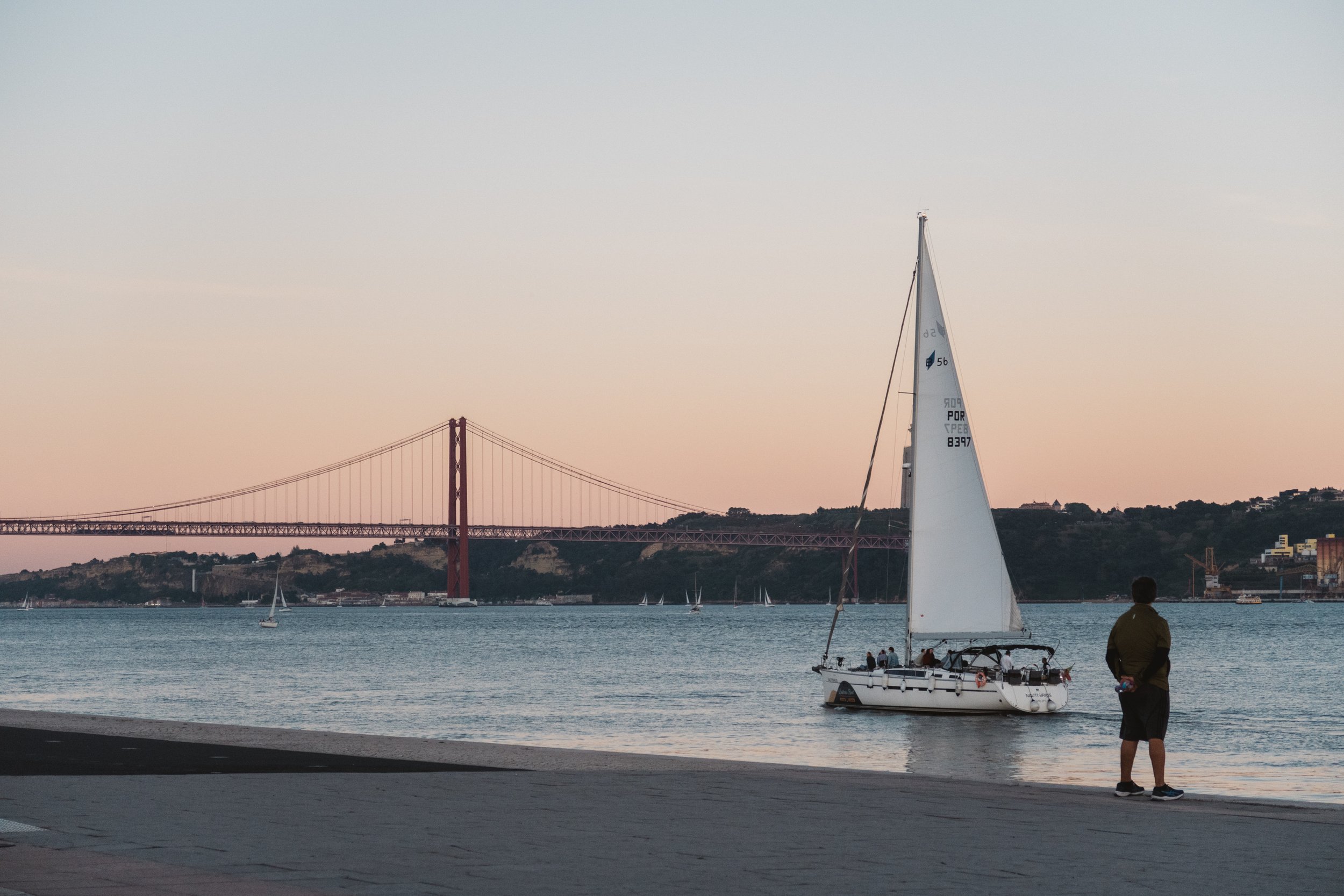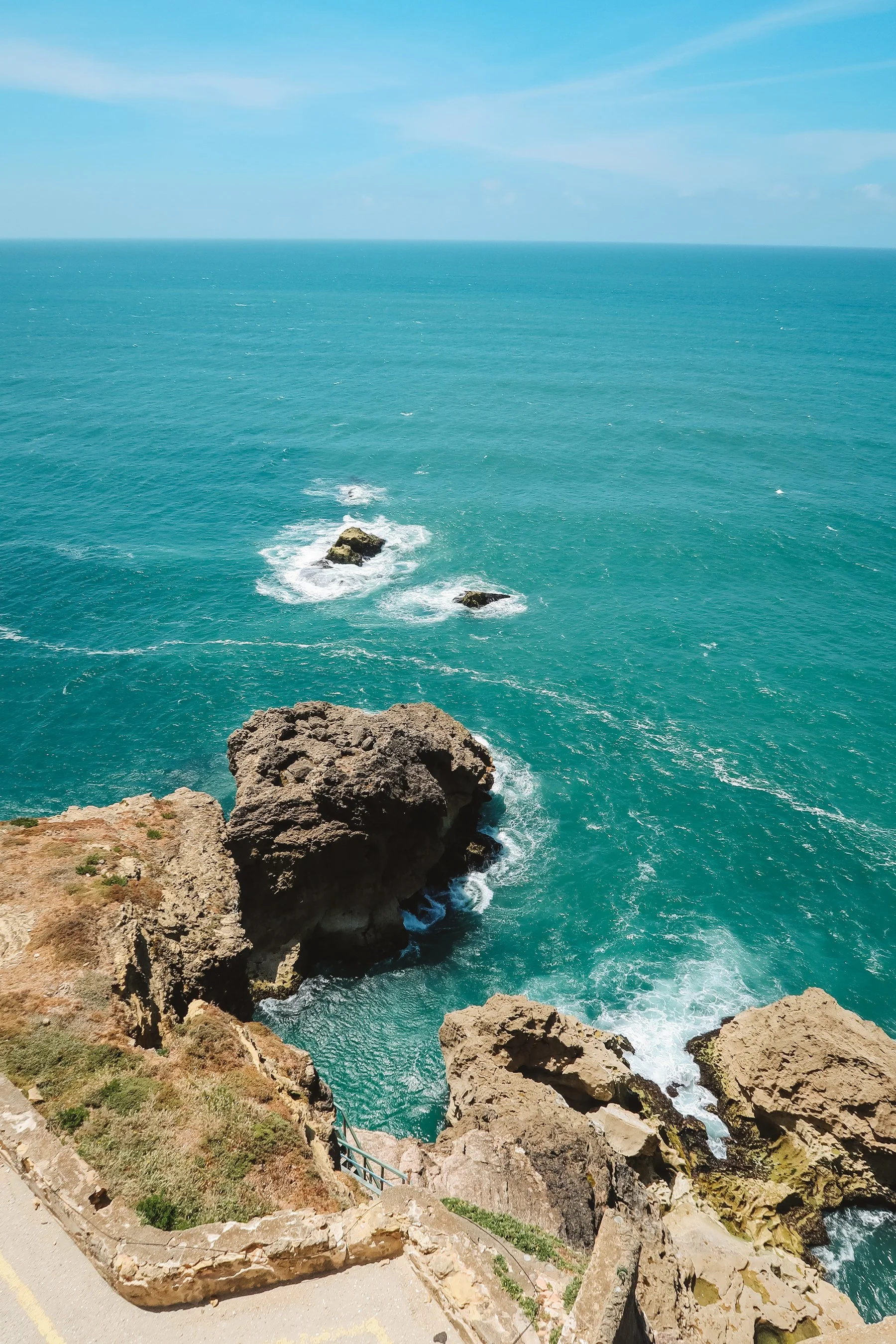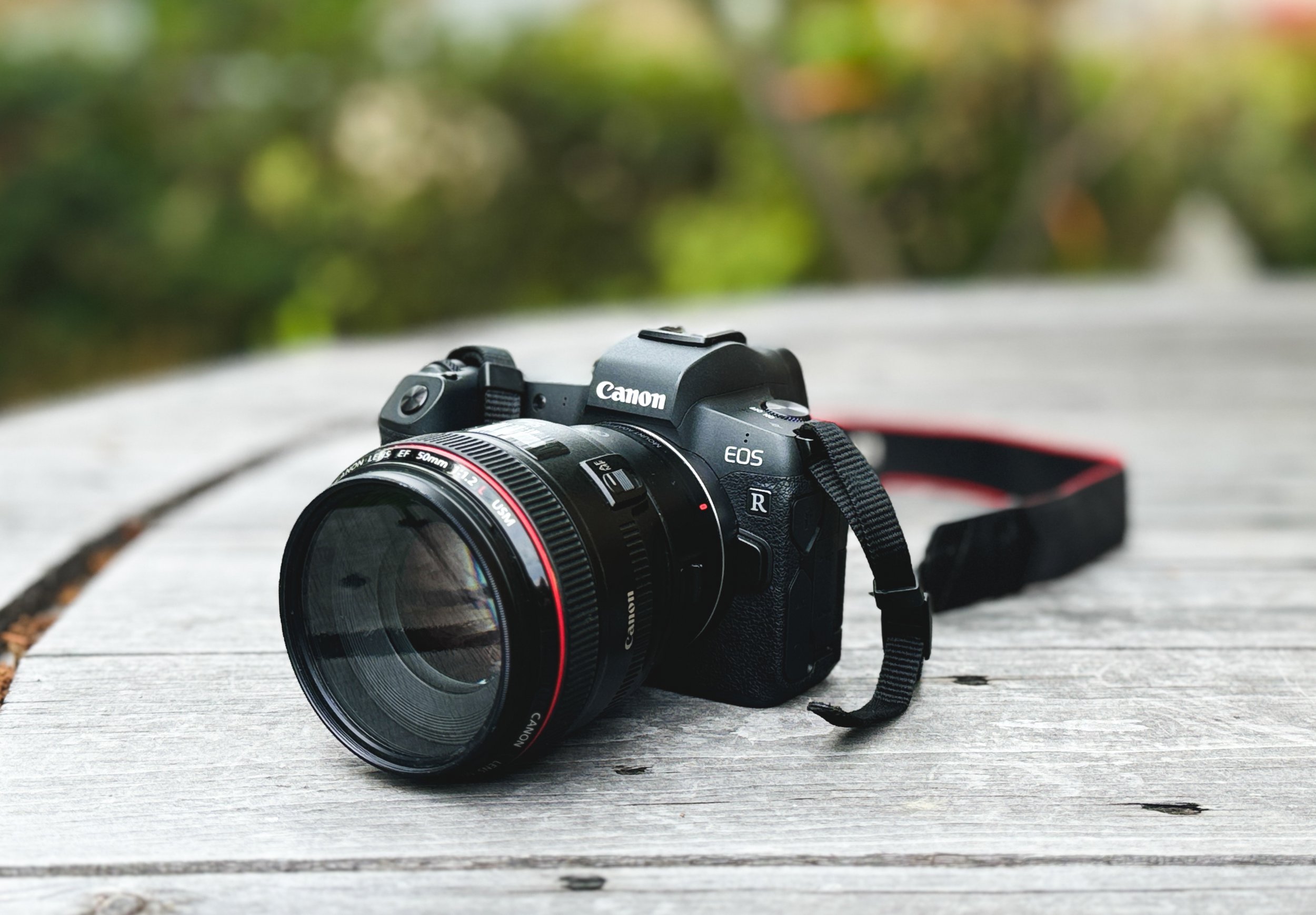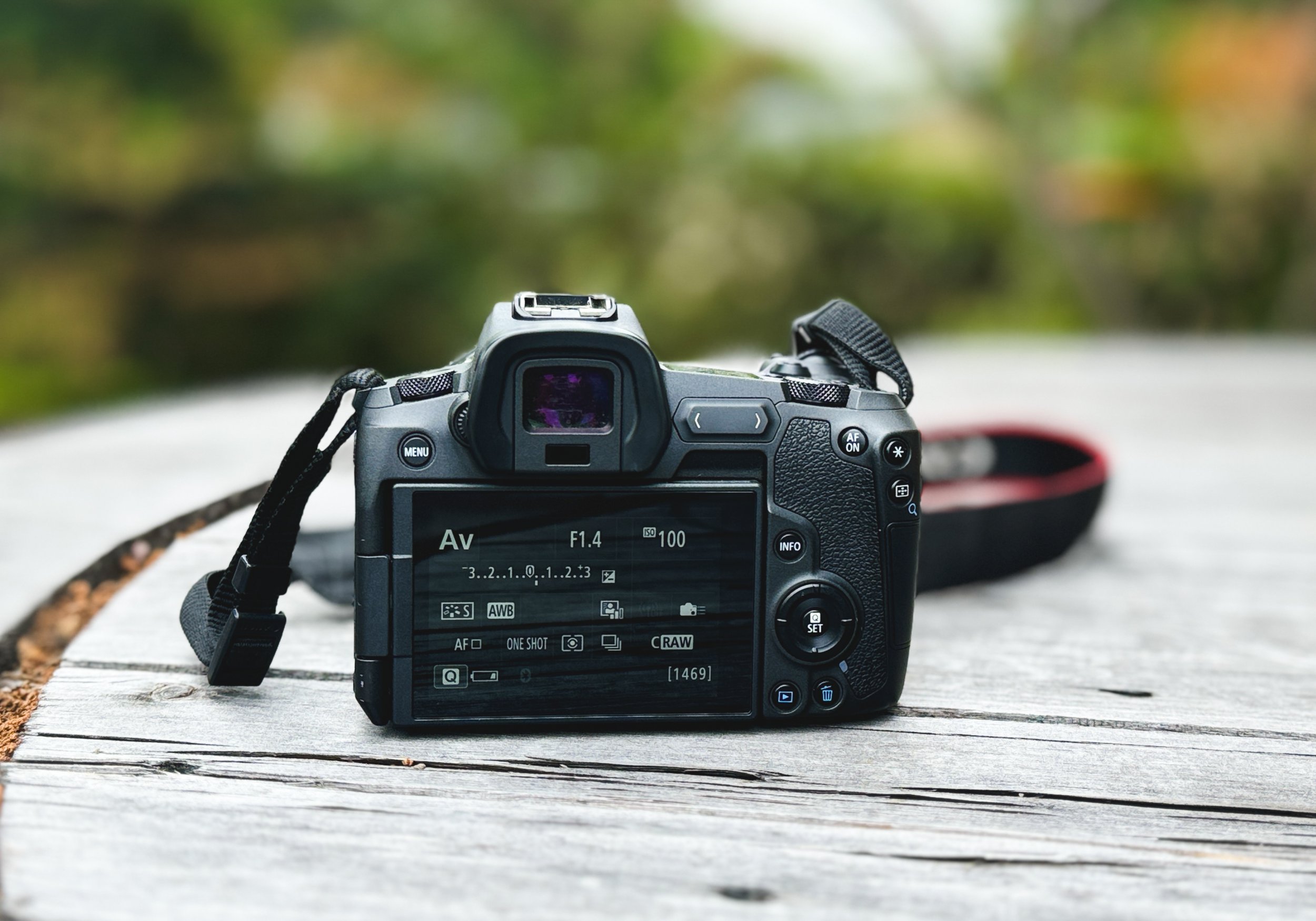(By using the links and/or codes below it supports Myles Katherine Photography. We may get a small kick back by you doing so.)
If you know me, you know I get bored easily when it comes to photography. I’m always trying out new filters, weird films, different cameras and tons of tricks to make my photos more unique. I guess you could say I’m a huge proponent of creativity and I don’t believe in creating the same photo twice. The first time I accidentally shot a double exposure with my Holga camera, it inspired me to keep going and to keep challenging myself to make work that truly stood out. When it comes to film photography, an easy way to push yourself out of your comfort zone is to try a film that’s unique in its own right. So, here are 5 different films that I love for those who want to try something new!
LOMOGRAPHY LOMOCHROME PURPLE
This is my absolute favorite of the bunch. Some photographers like to hate on this film, but I think its just because they’re scared of it. Personally, I think it makes for beautiful, surreal landscapes and whimsical portraits. I probably also love it because purple is my favorite color so its as if this film was created just for me. I love it so much. :) You can find this film in 35mm and 120 formats. It’s somewhat pricey so if you’re new to this film, you might want to start with the 35mm version to get more bang for your buck, since you’ll end up getting more frames per roll over the 120 version.
Purchase:
Lomography LomoChrome Puprle 35mm on Amazon
2. LOMOGRAPHY LOMOCHROME TURQUOISE
If you love the LomoChrome Purple, but are looking to expand to something else, the turquoise is another fun option. I don’t love it quite as much as the purple, mostly because I feel that the skin tones are strange when it comes to portraiture with this film. It gives more of an “avatar” vibe, which could be fun if you have a plan! I still love landscapes with this film though. I haven’t used this one quite as much either, so maybe I just need to give it more of a chance. :)
Purchase:
KODAK GOLD 200
If you love warm color tones and sunset hues, you should try out Kodak Gold 200. It’s perfect for any sort of beach or tropical vacation because it adds a nice, golden glow to the images. I always bring a few rolls with me on vacation because it’s flattering on skin tones and great for architecture. It’s also pretty affordable, which is another reason you can always find it in my camera bag. Sometimes, it just makes the most sense simply because of the price point. It’s a very sharp film too with a speed of 200, but might not work as well in low light as some of the other films on this list. However, it is the most subtle on the list, so if you’re trying to branch out but don’t want to get too crazy, this would be a good one to start with!
Purchase on Amazon:
Lomography Berlin Kino 400 ISO
I’m sure by now you’re realizing that I love Lomography film. But they offer so many unique options! If you’re looking for a vintage-y, vibe-y black and white film, Lomography has a handful of options that vary in tone, warmth and grain. There’s Earl Grey 120 film or 35 mm film or Lady Grey 120 or 35 mm. For these sample photos, I used Berlin B&W 400, a warm-toned, extra grainy film that really gives that old school film vibe. It’s quite noisy for a 400 film but it adds to the overall aesthetic of the images.
Purchase:
Lomography Earl Grey 120 film on eBay
Lomography Earl Grey 35 mm film on Amazon
Lomography Lady Grey 120 film on Amazon
Lomography Lady Grey 35 mm on Amazon
LOMOGRAPHY 35MM REDSCALE XR 50-200
Lomography Redscale is definitely a very extreme film to try out. You have to be ready for some crazy results! However, I love how surreal and unusual the images are. I’ve even had some of these photos in art galleries! It’s a great option for getting creative, especially if your client is a musician or artist and are looking for one-of-a-kind photographs.
Purchase on Amazon:
Lomography Redscale XR 50-200 120mm
Purchase on eBay:
Or…TRY FILM SOUP!
If you want to get REALLY crazy, you can always try soaking your film in things like vinegar, lemon juice, tea, etc. I have a blog post and YouTube video all about film soup so if this sounds fun to you, check it out here!
I hope these fun and unique films inspired you to step outside the box and try something new! I absolutely love trying out new film because I never know what I’m going to get. Plus, I think it takes my photos to a whole new level. It’s an easy way to make your photos stand out amongst the sea of photographers out there in the world.
Thanks so much for stopping by! Feel free to leave any questions and comments below. And don’t forget to check out my Amazon storefront for more camera/film recommendations. :) Have a lovely day!
<3 Myles Katherine
































































































































































